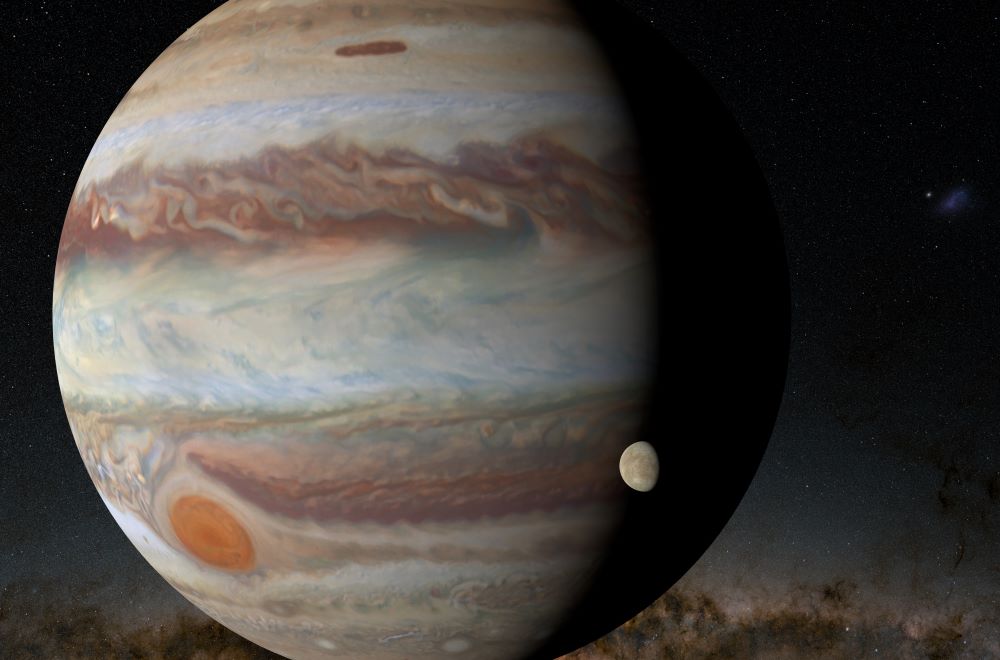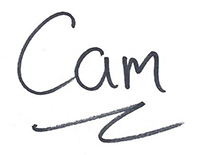
If it can’t be expressed in figures, it is not science; it is opinion.
Robert A. Heinlein – The Notebook of Lazarus Long
Say what you will about Robert Heinlein, he does make you pause to think at least once in every book. His The Notebook of Lazarus Long is stuffed full of thinkers.
I’ve been thinking about hard science a lot lately – the generalized field of science, rather than a specific discipline like chemistry or physics or biology, and the really specialized areas that branch off from there. A lot of that thought is a result of reading Hail Mary by Andy Weir, which has a lot of nerdy science in it. It’s a great book, by the way, and I’ll do a review of it soon.
Science as a discipline and profession trains you into looking at the world in a very different way.
It’s like the fashion model, the engineer and the doctor looking at a box: the model says the green color of the box is too dark and doesn’t match the lid, the engineer points out the box is not squared true and therefore doesn’t have the same strength a properly constructed box would, the doctor points out that the walls of the box are full of unhealthy mold. All of them, however, would be happy to guess at what’s inside the box and all three would have different opinions because of their very subjective mindset.
A scientist looking at the same box, no matter whether he’s a physicist, chemist or biologist, would automatically think: “I need to look inside before I can give an opinion about the contents.”
Scientists work from hard evidence and proof. They eschew subjective opinion. Or at least, that is the ideal that science professions aim for. Their theories are offered to the scientific community at large, where their experiments are reconstructed by others to ensure the same results arise. All testing is done with a neutral base line sample (a “control”).
Theories and opinions are aired in peer-reviewed publications, where others in the field can weigh in with their opinion.
The science community is a collegial one, where information and people rub shoulders together. Interestingly, the Internet, where information and people also intermingle in a global soup, was invented by scientists at the CERN laboratory in Switzerland, who wanted a convenient way to talk to peers across the campus and around the world, to exchange information quickly and easily.
The earliest novels I read were hard science fiction – based on physics and chemistry advances, dealing with rivets and gravity, planets and relativity. Most of the more successful writers from that classic era were trained and (often) working scientists. I think it is for that reason that I’ve never attempted to write straight science fiction myself; my lack of an advanced science degree gives me a major “not worthy” complex.
We recently began watching the Apple TV series, For All Mankind, and (while trying to avoid spoilers) women play major roles in the exploration and settlement of space, in that show, including some major firsts. Sadly, it’s an alternative history; which demonstrates how small a role in space exploration women have played to date.
But I do find it refreshing and very exciting that more and more women are entering the hard science fields and finding success. That is one of the more positive trends of the last few decades – one that I hope not just continues, but escalates.

Latest releases:
Quiet Like Fire
Solar Whisper
Ptolemy Lane Tales Omnibus
It’s a wonderful thing that more young women are interested in pursuing the STEM fields of study. Way back in the dark ages, when I was taking freshman physics at my state university, there was a classroom full of men and only two women — and this was at a school that was best known for teacher training and had far more women enrolled than men. At the nearby engineering college (where my husband went to school), the total number of women students was so low that they used a Victorian house as a dormitory for ALL of them. Less than 10% of the engineers who graduated in his year were women. The numbers at both universities have changed considerably in the past 50+ years, and are probably a great deal closer to equal.
It may go without saying — but should be said anyway — that when I was in elementary school, junior high, and high school, girls were actively discouraged from taking mathematics and science courses, though I went ahead and did both. That is, thank goodness, no longer the case, and now we see the benefits of that.
I signed up for a tech drawing class in high school. I was the only girl…and the boys gave me such a hard time, I swapped to the only elective available: Sewing. The sewing has stood me in good stead, but I do wonder about the path not taken!
Cam.
I took a similar course, and if I remember correctly, the teacher was quite pleased telling the class of “boys” that I had the highest grade. I also took sewing/cooking (each was taught for half of the school year). I enjoyed sewing, but as I already knew how to boil an egg and make oatmeal I was very unimpressed with that half of the year..
My cooking class taught me to make scones. Over and over.
And I can’t make them to save my life here in Alberta, because the altitude completely wrecks my high school recipe!
Cam.
“It’s like the fashion model, the engineer and the doctor looking at a box…” That’s an excellent image to explain disparities of perceptions.
A hard scientist myself (in another life), I *still* live with the “not worthy” complex.
I hear you! I felt that way, writing my first SF novel! I read Asimov, Heinlein…all the authors who were scientists IRL.
Cam.
“Not worthy” is a harsh mindset – I live there a lot. Your problem could be comparing yourself to Asimov and Heinlein – t’would be like me matching my music up to that of J.S. Bach and deciding it’s garbage. Clue: 99.97% of music could be classed as unworthy next to Bach. I play well enough to amuse myself and annoy the cat, and that suits me.
You ought to compare yourself to authors like Henk Lafferton, Ruby Coradini, or T.L. Chakraborty. Guarantee you understand more nuclear physics than Lafferty, you’re better at fight scenes than Coradini, and you can coin technical metaphors a durned sight better than Chakraborty. Your thinking outside the above box is *sharp*.
Do you have a decent sense of spatial relationships? That’s what Tech Drawing in high school did for me – as well as forcing precise handwriting. I’ve gotten a lot of mileage out of both, but you could say I selvaged other things out of the junior high sewing (etc.) class.
Your above-portrayed SCIENCE! is the ideal. Its reality includes both your high type and sophomoric, venal infighting, corrupt grift, and imbecilic incompetence – and that’s just the successful people. The Emperical has no clothes, betimes.
Thanks for the positive feedback!
Sharp, huh?
Cam.